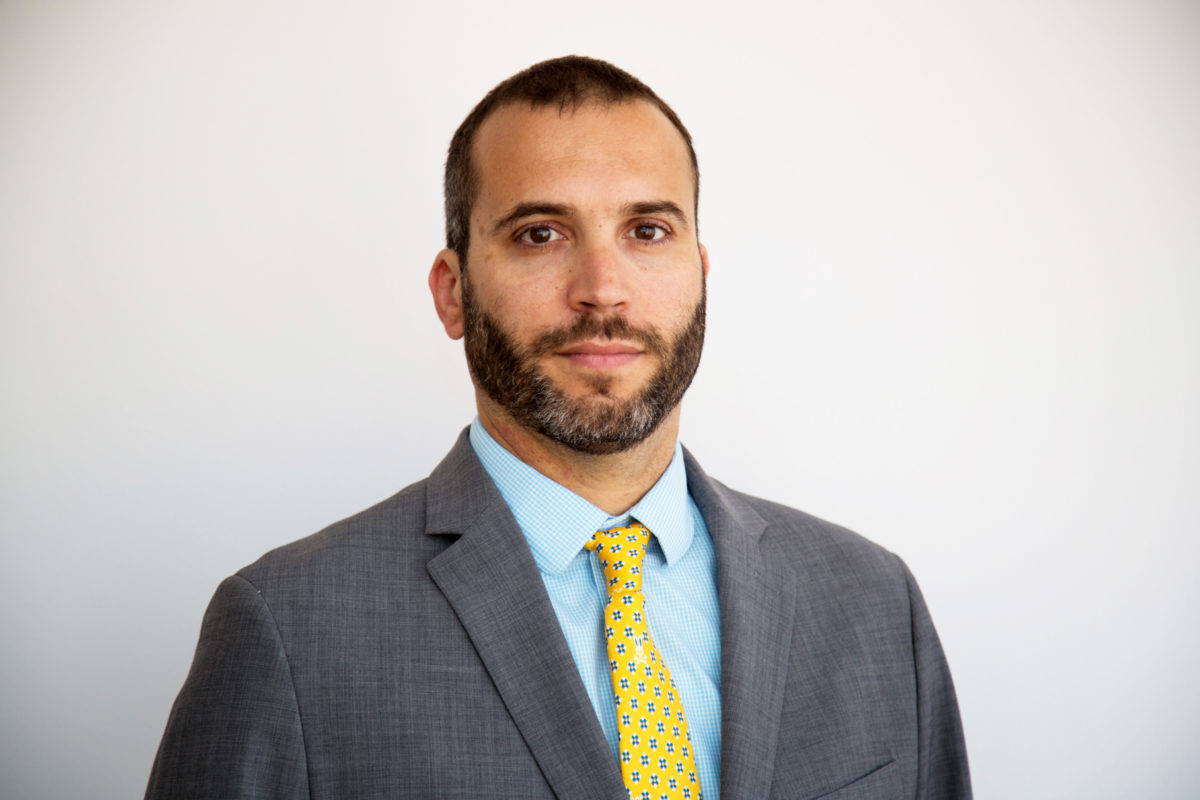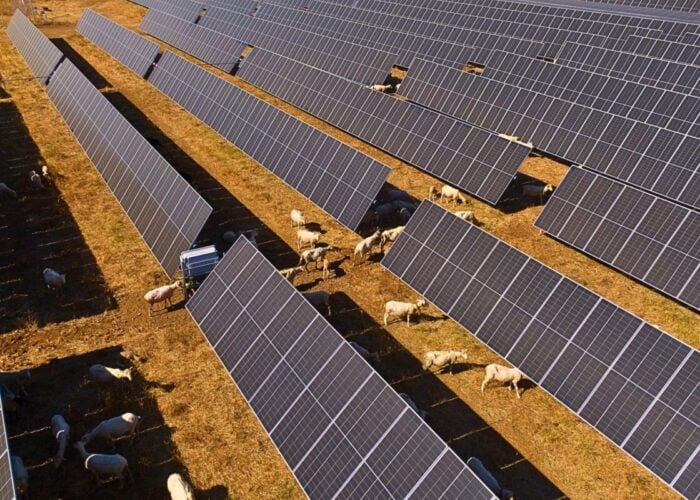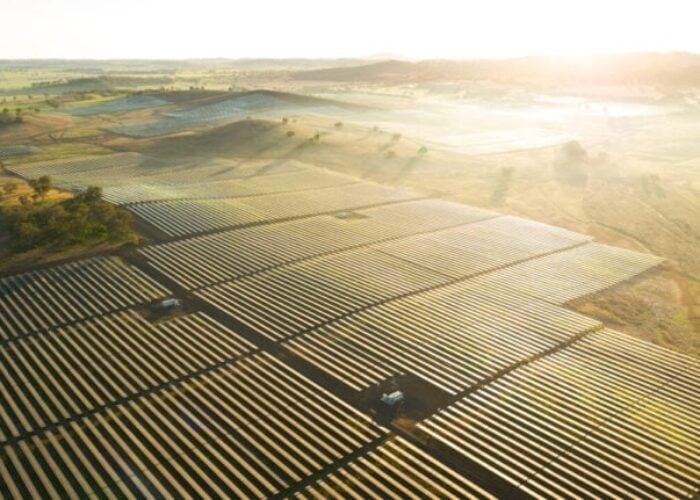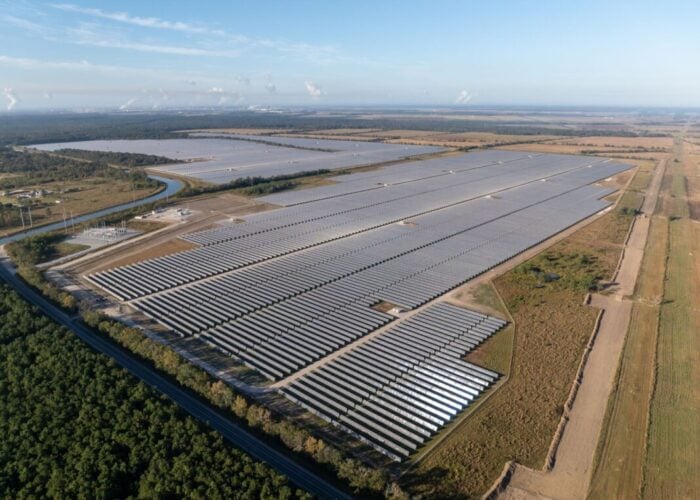
For European solar, the onset of the COVID-19 crisis has come to disrupt one particular segment that had dominated some of the most recent industry spotlight.
In conferences and one-on-one interviews last year, the talk was of the success story of subsidy-free solar; the triumph of PPA- and merchant-based developments precisely in those countries – Spain, Italy – where deployment had been brought to a halt by swings of subsidy policies.
Unlock unlimited access for 12 whole months of distinctive global analysis
Photovoltaics International is now included.
- Regular insight and analysis of the industry’s biggest developments
- In-depth interviews with the industry’s leading figures
- Unlimited digital access to the PV Tech Power journal catalogue
- Unlimited digital access to the Photovoltaics International journal catalogue
- Access to more than 1,000 technical papers
- Discounts on Solar Media’s portfolio of events, in-person and virtual
Fast forward to spring 2020, and the picture has muddled. The nosediving of power prices brought about by quarantining measures has crippled the business case of merchant solar ventures. Spanish solar operators have come forward to warn that the funding taps will dry, as banks tighten their terms and conditions before they support a solar venture relying on direct sales to market.
Will the headwinds derail Europe’s merchant solar shift or will it prove a temporary pause? PV Tech Power put the question to Roger Font, Banco Sabadell’s global head of project finance, asset and specialised lending. Recently interviewed, he walked this publication through Sabadell’s approach with solar lending so far and plans around merchant deals this year.
PV Tech Power: Could you walk our readers through Banco Sabadell’s vetting process and rationale when it comes to granting loans to renewable projects?
Roger Font: As a bank, our advantage is we’ve got a very structured financing framework. Based on the project type, the framework applies different criteria to the loan terms, the ratios, the structuring, the leverage level and so forth, so it’s all very clear. The other difference is we’ve got solid knowledge of the market in Spain and abroad, which means we can go for smaller but also bigger projects. There’ll be ventures of 30MW but also 400MW, where we’ll go alongside other banks.
Thanks to this knowledge, when a sponsor comes forward, we either already know them or we can review them like any other firm: the shareholders, the management team and so forth. Then there is technical due diligence into aspects such as generation parameters, EPC costs and others. When we insert these parameters into our framework it soon becomes very clear what we can and can’t provide and, based on that, we can make our offer.
How many renewable deals did you finance in 2019 and do you expect the flow to slow down following this year’s COVID-19 outbreak?
Last year we financed 2.3GW across 32 renewable transactions, split between 23 greenfield projects and nine brownfield projects. Of the 23 greenfield projects, nine were auction-backed renewables – five with PPA, four without – and 13 went down the merchant route. Of the 2.3GW total we financed last year, 60% was solar capacity and 37% wind power.
All in all, last year we provided more than €800 million through these 32 renewable transactions. Given that some were syndicated, these deals represented a higher €1.8 billion. As for 2020, the number of overall projects we fund will likely not be the same given COVID-19 but the financing model we’re striving for will be largely similar. Regarding categories, only 300MW of the 2.3GW last year were pure merchant. The merchant volumes we finance in 2020 are obviously going to be higher than last year’s 300MW but as for the exact share – it’s tricky to say at this point.
Even before the pandemic, some in Europe feared a cannibalisation bubble could be forming. Now that power prices have plunged, what are merchant’s solar prospects?
[At Banco Sabadell] our belief is that the sponsors who are carrying out merchant renewable projects have a very high level of sophistication and market knowledge, they have access to all the different information sources so we feel quite reassured on that front. Regarding the talk of a bubble, we don’t think in those terms. I see many projects are currently underway, either merchant- or PPA-based, and the present drop in power prices is the specific result of low oil prices and the drop in demand that will eventually bounce back.
What are Banco Sabadell’s expectations in terms of European power prices, both currently and the upcoming recovery?
In our case and the other banks more generally, we are working under scenario assumptions that there won’t be a return to power prices of €50/MWh, in part because of the installed renewable capacity that we see today. Instead, we think we’ll be looking at prices of around €40/MWh in the medium to long term. Next year, we’re not thinking of €50/MWh but €45/MWh prices.
However, it’s important to understand the role of sponsors versus the role of banks. Their play is an equity play whereas what we seek are returns through the supplying of debt. We’re not pretending to have a forecasting vision or to know more than market consultants – the prices I mentioned are the base we’re working under and with which we feel comfortable.
This is an extract of an interview first published in Volume 23 of PV Tech Power. The full article can be read here, or in the full digital copy of PV Tech Power 23, which can be downloaded for free here







